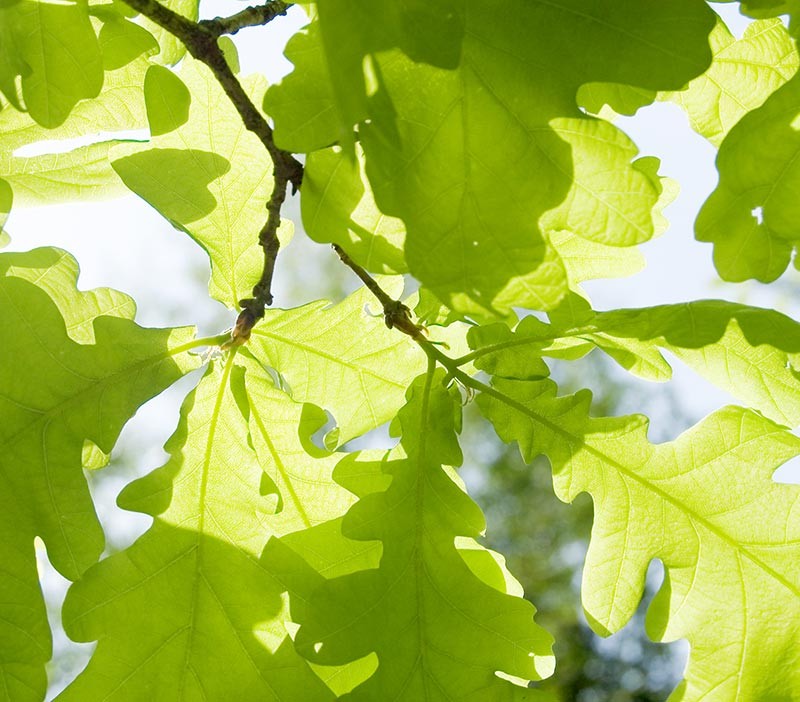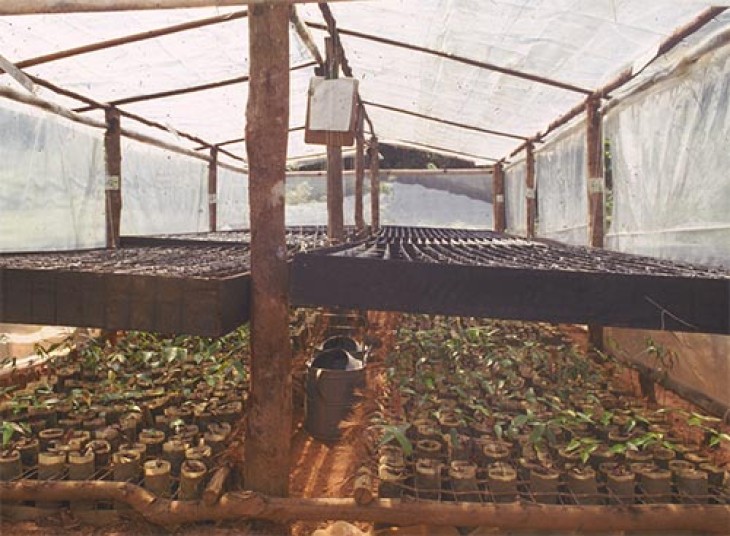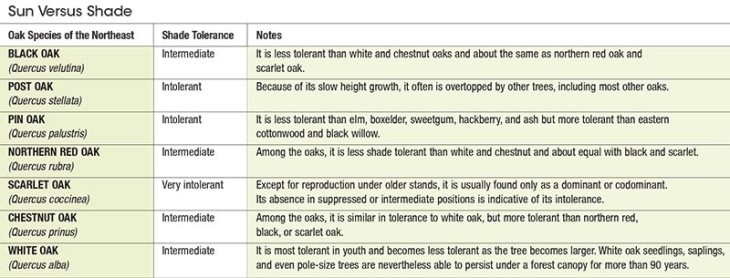In November 12, 2014, an unmanned European spacecraft by the name of “Philae” landed on a comet named Churyumov-Gerasimenko (67P/C-G) as it was hurtling across the galaxy at a speed of roughly 84,000 miles per hour. The culmination of more than 10 years of research and planning by the European Space Agency (ESA), it was the first time mankind has ever attempted such a feat. Scientists hoped that the probe could collect data on the comet’s physical makeup and teach us about how comets may have played a role in the origins of our solar system.
Unfortunately, Philae (which weighs 220 pounds and is roughly the size of a washing machine) didn’t quite stick the landing as cleanly as the scientists had hoped. Instead of touching down softly and anchoring itself in place, the landing gear on the probe malfunctioned and Philae bounced off the surface, skipping along slowly under the comet’s low-gravity conditions. A few hours and a half-mile later, Philae finally came to rest in the shadow of a nearby cliff.
Although unharmed, this little complication posed an unexpected problem for mission control: Philae was designed to operate on solar power. In its shaded location, the probe was only receiving about an hour-and-a-half of direct sunlight during the comet’s 12-hour day; a mere 20 percent of the solar energy it needed to sustain itself. Within three days, the sophisticated Philae space probe fell silent.
Oak trees, we are told, can relate to this crisis: they need a lot of sunlight in order to survive. Without the frequent natural fires that historically kept competitors in check, oaks as a group have found themselves in a chronic and steady decline across most of their natural range in the eastern U.S. Stands that originated over a century ago are now being slowly succeeded by a mixture of shade-tolerant hardwoods such as black birch, sugar maple, beech, and yellow poplar. The change is so gradual that many landowners never notice until it’s too late – like the unwitting frog in the pot of water that’s slowly being heated up. Given the importance of oaks for wildlife, timber, and their simple beauty, it’s a trend that has many people concerned.
While scientists can precisely calculate the amount of sunlight needed to power a spacecraft, it’s more difficult to determine just how much sunlight oak trees really need. Most foresters consider oaks shade-intolerant and recommend even-aged management techniques (shelterwood and clearcut harvests) that will afford “full sunlight” to young oaks. Silvicultural guidelines for the genus Quercus generally suggest canopy openings at least twice as large as the height of surrounding trees, or a half-acre minimum. Some recommend two or three acres as the smallest practical size to minimize shading from the edges and to help dilute the effects of deer.
And yet other sources of literature cite oak as being “intermediate” in shade tolerance. Some even describe oaks as being somewhat shade-tolerant as seedlings, but becoming intolerant as they grow and develop into saplings and poles. This suggests that landowners could get seedlings started in the shade, and then gradually increase the amount of sunlight over a period of years as the regeneration advances.
“There seems to be a lot of lore, as in folklore, regarding the shade-tolerance ratings of various tree species,” said Dr. Mark Ashton, professor of silviculture and forest ecology at Yale University. “For one thing,” he said, “there are differences among co-occurring species within the oak genus itself. Red oak, for example, seems to be quite a bit more shade-tolerant than black, scarlet, and white oak.”
“And,” he added, “It’s not just about the total amount of sunlight a tree gets, but also about how that sunlight is exposed.”
Ashton went on to describe greenhouse experiments he has conducted using what are essentially Venetian blinds positioned above hundreds of potted oak seedlings. The blinds are aligned from north to south with varying thicknesses and gaps between the slats. As simulated sunlight passes over from east to west, the trees receive intermittent periods of direct light punctuated by flecks of shade.
“The red oaks in our studies actually performed better with six hours of sunlight than they did with nine hours,” Ashton reported. “It has to do with the way plants balance photosynthetic activity with respiration, and what optimizes growth over the long run – the same way an athlete performs better with brief periods of rest.” In other words, it’s interval training for trees.
More interesting, though, are the ongoing studies that Ashton’s team is conducting in the field at the school’s 7,500-acre Yale Myers research forest. In that setting, Ashton said, it’s evident that local environmental conditions such as soil type, slope, aspect, and depth to bedrock are the most determining factors for oak seedling survival – not sunlight.
“In this part of New England’s undulating glacial terrain, we don’t have problems regenerating oaks on the drier ridgetops with thin soils and shallow bedrock. On these sites, oaks have a competitive advantage. We have seen oak seedlings that are still hanging around in the understory from the ’93-’94 cohort (a generation that originated after that year’s acorn bumper crop).”
However, Ashton noted, as soon as one leaves the dry ridges and progresses down into the valleys, the soils become rich, moist, and deep – what ecologists call a mesic growing environment. Here, it becomes much more difficult to maintain oaks as the competition from species such as black birch, sugar maple, hemlock, and yellow poplar, becomes more severe.
“You have to be much more opportunistic in waiting for and capitalizing on a large acorn crop on these mesic sites – time is decidedly not on your side. Here, over 90 percent of the 1993-1994 cohort oak seedlings were gone after five years.”
So, obviously, sunlight is important, but in visiting with Ashton it becomes clear that we’d be wise to remember which is the cart and which is the horse. And with up to 10 or even 15 years before major acorn crops, it would seem that timing is everything.
Meanwhile, on a comet up in outer space, Philae sits in the dark understory of a towering cliff much like the oak seedlings of ’93, persisting in hibernation mode. Lucky for Philae, there are no deer, rabbits, brush, and weeds to compete with…but a bit more of the gravity that oaks enjoy here on earth might have been beneficial.





